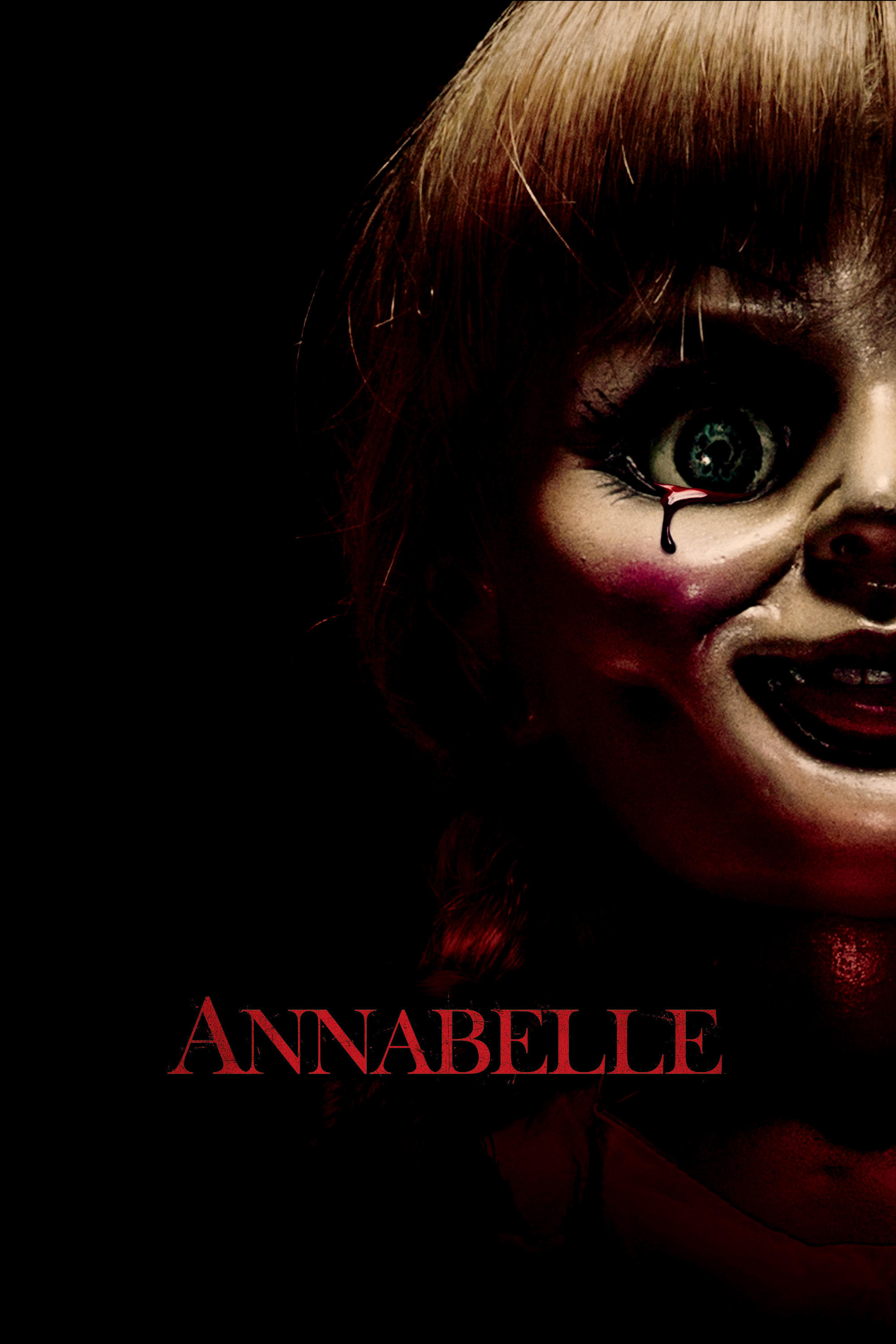Copyright 2021 by Gary L. Pullman
An analysis of horror
films discloses the use of a number of specific types of scenic
elements that tend to recur frequently in such movies. Except for the
prologue and the epilogue, the order in which these scenic elements
occur may differ, and not all may be present in a film, although,
typically, many, if not all, appear. In addition, each scenic element
can be shown by itself or in combination with another (for example,
an abduction can stand alone or be followed by a rescue or a murder). (Those common to more than one of the films analyzed in this post are in bold font.)
In Halloween (1978), these scenic elements occur in this order:
Prologue (introduction)
Escape (flight from antagonist or captivity)
Stalking (hunting)
Investigation (search for information by either amateur or professional sleuth[s])
Murder(s) (unjustified killing[s])
Encounter of protagonist and antagonist (first meeting of hero or heroine and villain, usually without violence)
Initial attack on protagonist (first attack upon the hero or heroine)
Escape
Sustained attack on protagonist (sustained attack on hero or heroine, often by antagonist)
Rescue (deliverance from danger)
Epilogue (conclusion following main action of plot)
In Annabelle (2014), these scenic elements occur in this order:
Prologue
Murder(s)
Investigation
Attack
Rescue
Intelligence (provision or acquisition of information, often about the villain [e. g., origin, past, relationships], through secondary sources, such as television or radio news broadcasts, Internet browsing, books, police reports)
Paranormal or supernatural incidents: (events inexplicable by science or reason)
Relocation (displacement from one location to another)
Pursuit
Escape
Discovery (finding of intelligence through own or others' actions)
Attack
Discovery
Attack
Warning (advisory of imminent danger)
Attempted abduction (carrying away by force)
Epilogue
In The Exorcist, (1973), these scenic elements occur in this order:
Prologue
Paranormal or supernatural incidents
Investigation (medical)
Investigation (constabulary)
Encounter of protagonist and antagonist
Intelligence
Paranormal or supernatural incidents
Attack
Death (loss of life due to natural causes)
Attack
Death
Rescue
Epilogue
In Psycho (1960), these scenic elements occur in this order:
Tryst (private meeting between lovers)
Crime other than murder (theft)
Escape
Investigation
Relocation
Concealment of stolen property
Encounter of protagonist and antagonist
Argument (heated discussion between two or more characters)
Repeated encounter of protagonist and antagonist
Decision to make restitution (deciding to restore to the rightful owner something that has been taken away, lost, or surrendered)
Murder
Disposal of incriminating evidence
Intelligence
Investigation
Murder
Investigation
Discovery
Intelligence
Investigation
Distraction (deliberate diversion of someone's attention from one incident or action to another)
Attack
Concealment of oneself or another
Discovery
Attack
Rescue
Intelligence
As this partial analysis of the recurring types of scenic elements common to horror films shows, such movies frequently use the same ones, despite the dramatic details of their plots. A writer who is interested in writing a horror novel or screenplay can use these same scenic elements to construct a plot based on a structure that has stood the test of time.


No comments:
Post a Comment